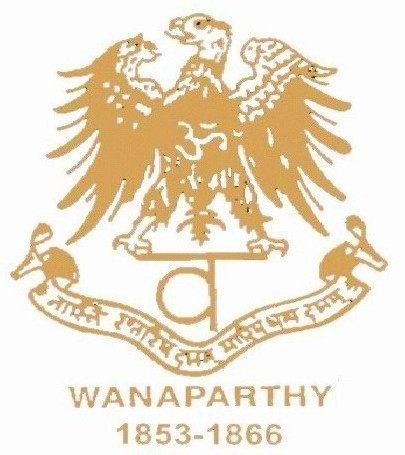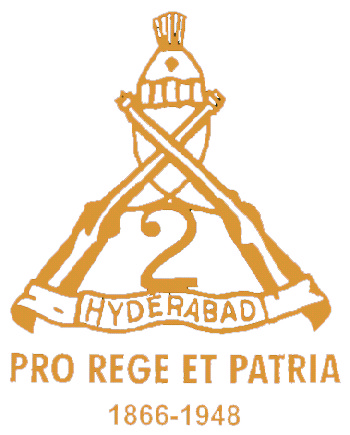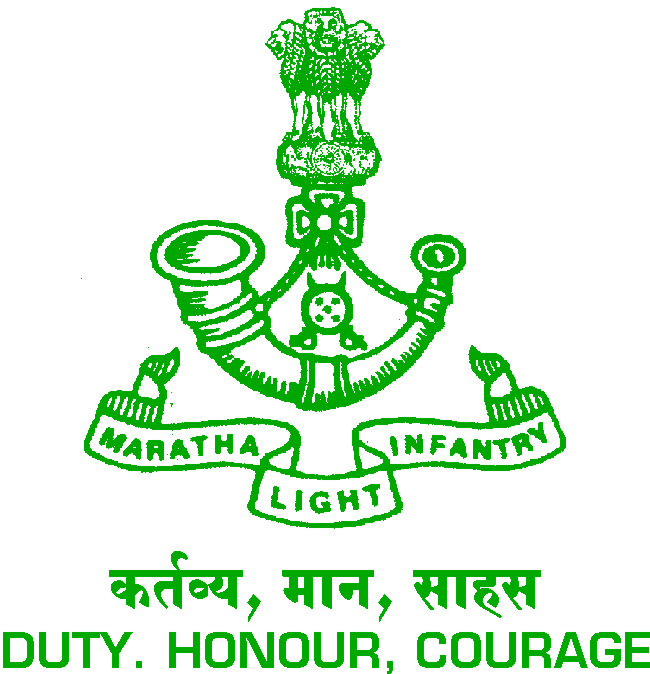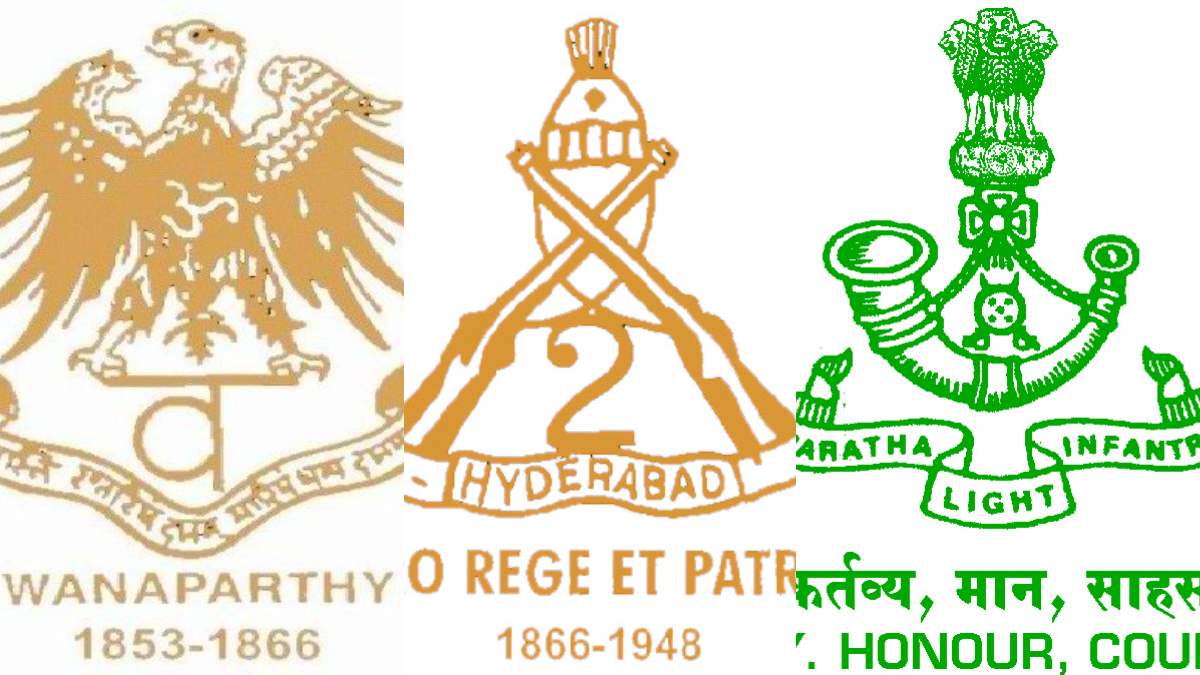This is a story of a unique Paltan of the Indian Army nicknamed ‘Nizam’s Own’ or the ‘Hyderabadis’. It was 117 years old when it went into battle at Hilli, East Pakistan, in December 1971 sacrificing lives of 26 brave men and another 60 seriously wounded. It opened the gateway for the capture of depth areas running towards the heartland of East Pakistan, after which Pakistan Army was rapidly collapsing and surrendering under the coordinated attacks of the Indian Army. The Paltan was engaged in operations since September 1971, even with some elements pulled out for the training of the Mukhti Bahini in guerilla Warfare, which the Paltan specialised.
The unit was raised on 5 November 1853, by Raja Rameshwar Rao of Wanaparthy, one of the Samasthans, most important in the Nizam’s dominion, located 100 Km south of Hyderabad. The army was mostly created by buying black slaves that Arab traders brought from Somaliland and sold in Bombay market. Along with them, he bought women for their wives. Once recruited, they were not treated as slaves and became fiercely loyal to the Raja. The Africans soon gave themselves name of Bin Bahiris or Sons of the eagle. By 5 November 1853, the Raja had organized the Wanparthy forces into the African Cavalry Guards, the Wanaparhty Lancers and an Infantry Battalion which retained the title of Bin Bahiris. (Ref: Image: 1)

The Bin Bahiris, a guerilla force, in the days of financial crisis was even used to get the booty to fill up the empty treasuries of Wanaparthy. They became a force to reckon with, but to the discomfort of the Nizam and the Government, as they would even attack the heavily guarded revenue collection convoys. Nizam had no option but to ask Raja Rameshwar Rao if he could lend the service of the force basically to save his treasuries from being attacked. Later, Bin Bahiris along with the Nizam’s Army joined the cause of the British and assisted them in suppressing the 1857 mutiny. The British deployed these units along with the Central India Brigade, captured Madanpur pass near Sagour and cleared Talbhet forests south of Jhansi. On demise of Raja Rameshwar Rao in 1866, Bin Bahiris staked claim that the Raja had left no heirs. The Raja’s sister persuaded Sir Salarjung I to accept the Bin Bahiris as a gift to the Nizam. The Bin Bahiris became the 4th Regiment of Hyderabad City troops and subsequently named Raja Paltan.
In 1947, at the time of partition of India, the British offered various princely states in the subcontinent the option of acceding to either India or Pakistan, or staying on as independent state. The Nizam decided to keep Hyderabad independent. The leaders of the union of India, however, were wary of having an independent and possibly hostile state in the heart of their new country. Most of the 565 princely states had already acceded to India or Pakistan voluntarily. Having experienced the state of Affairs in Kashmir, India launched a military operation named Operation Polo in September 1948 and annexed the state of Hyderabad and its forces. All Hyderabad forces were merged under 2nd Hyderabad Infantry (Ref: Image 2) and in 1953, the unit became part of Regular Indian Army and joined the Maratha Light Infantry Regiment as 22 Maratha Light Infantry. Certain units of the contingent are today also serving as 2 Kumaon and 4 Kumaon in the Indian Army.


It was easy for a traditional guerilla force to fit into the fighting traditions of the light Infantry, which specializes to mount surprise attacks at lightning speed from the flanks, marches faster than the regular infantry and wears black backed badges. The regiment maintained martial traditions of the Maratha warrior as trained by Chhatrapati Shivaji Maharaj. The Maratha Regiment was recognized by the British as the most competent organized guerilla force. They honoured the regiment with the formal title of the Light Infantry during the Great Wars. Maj Gen Lachman Singh Lehal, the then Divisional commander, under who this unit fought 1971 War, came to attend the 150 years Commemoration Ceremony held in Hyderabad on 5 November 2003 and presented copy of the surrender instrument signed by him. He admitted the professionalism, precision and gallantry of this unit who surprised and defeated the Pakistani unit 4 Frontier Force in a silent attack from the rear and the flanks and cleared the vital area of resistance without suffering heavy casualty as the other units. Names of these martyrs are etched in golden letters in the National War Memorial at New Delhi. Major Ramesh Kumar Dadkar in a rare feat jumped into the minefield, in a preliminary stage to save his subordinate, a Junior Commissioned Officer under heavy enemy fire, was killed in action and awarded Veer Chakra (posthumously). Mrs Geeta Dadkar, was one of the first Veer Naris (War Widow) who came to lay wreath at the newly built War Memorial dedicated by the hon’ble Prime Minister Narendra Modi to the Armed Forces in February 2019.
The unit has mixed class composition of Marathas and Muslims in equal proportion. They always 2organize a mosque and Mandir in the same complex, the prasad (sacred food) is made together in the same dish. I remember the Subedar Majors repeatedly saying to the officers, ‘Saab hamari paltan hamesha buland rahegi, kyonki hamare upar do Chaat hai, ek Allah ki aur ek Bhawan Ki’ (Sir, our Paltan shall always be in high state of affairs, because we are having two roofs over us, one is of Allah and the other of Bhagwan). I remember when the unit was fighting on the Line of Control in Uri, troops would operate inside and in proximity to the enemy posts, in one of a major operation both Pandit and Maulvi were sitting together praying for Victory and safe return of troops. ‘Eating same’ and ‘fighting together’, with common greetings of ‘Ram Ram’ and the Battle Cry of ‘Bol Chhatrapati Maharaj Ki jai’ makes Hyderabadis a unique and great fighting entity. In 1965, when the Pakistani raiders were infiltrating across the CFL (Cease Fire Line – now called LoC) in Rajouri Sector, Naik Keshav Rao Salunke of the Paltan made the first contact with the enemy. In a fire fight that ensued, the infiltrators suffered heavy casualties. On 19 September, the Rifle company of the unit, tasked to keep the Lines of communication open, again inflicting heavy casualty on the raiders and later three enemy attacks were thrown back. Unit earned three Sena Medals in these operations.
The Paltan was always ahead and a preferred option in any operational task given to it, may it be fighting in Nagaland against Mao Angami, Building infrastructure along the Mac Mahon Line connecting Tawang to Bumla in early 1980s, fighting insurgency in J&K repeatedly or Manipur, defending the Line of Control at Uri, Kargil or Poonch; every commander liked this Paltan to be under his command. I remember, when I met Shri Khandu Dorji in 2008 at Itanagar, who was then CM of Arunachal Pradesh, recognized me after 25 years, holding me in embrace and burst out singing the Maratha LI Regimental song ‘Mard Ahmi Marathe Khare’ which he would sing along with the Paltan when the unit was building the famous road from Tawang to short of Bumla in 1983. The mid-staging area on the road is still called Maratha Ground. Shri Khandu Dorji, Late father of the current CM, Pema Khandu himself suggested that the unit should install statue of Chhatrapati Shivaji Maharaj at the Maratha Ground. Today, the road is a life-line for the troops who are currently deployed against the Chinese PLA and defending the LAC and Tawang with complete support of the current CM Pema Khandu, the son of the deep nationalist Khandu Dorji Saab, who was called the honorary member of the Paltan.
Today is the raising day of this unique Paltan called the ‘Hyderabadis’. Paltan would be commemorating the 50 Years of the ‘Battle of Hilli’ next year.
Lt Gen P.J.S. Pannu, is an officer of 22 Maratha LI (Hyderabad) and a former Colonel of the Maratha Light Infantry and former Deputy Chief of the Integrated Defence Staff. He was the Chairman of the National War memorial Committee responsible to build the Memorial.

